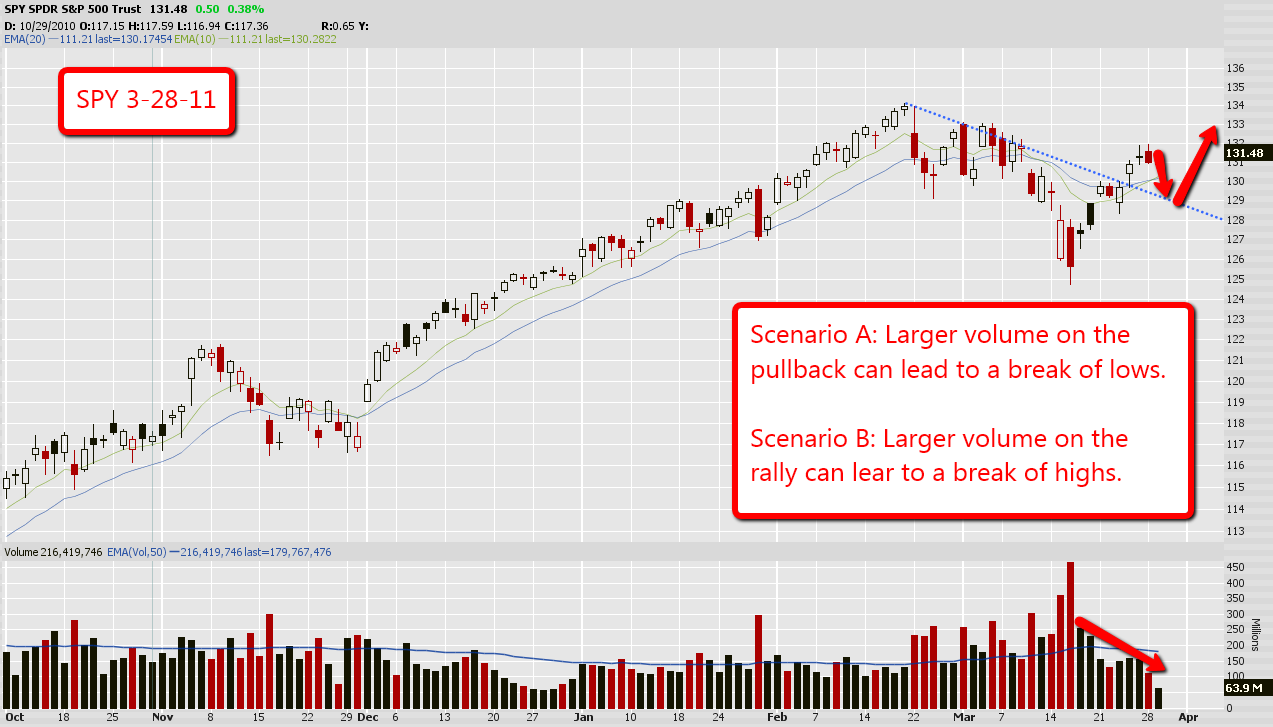

#Hammer candlestick how to#
Next… How to trade the Gravestone Doji in a trending market So, what you want to do is go short when the price comes to Resistance and forms a Gravestone Doji.īecause the market is telling you it has rejected higher prices and it could reverse lower. You know Resistance is an area where possible selling pressure could come in. This is a sign of weakness as the sellers are in control.Īnd here’s how you can trade the Gravestone Doji… How to trade the Gravestone Doji in a range market However, it’s not long before the sellers took control and fought their way back lower. This tells you when the market opens, buyers came in and pushed the price higher as the doji candle closes. It’s a bearish Doji and here’s how it looks like: In the next section, you’ll learn another type of Doji that signals the market is about to reverse lower… Gravestone Doji: How to tell when the market is about to reverse lower…Ī Gravestone Doji occurs when the open and close is the same price but, with a long upper wick. Now, you’ve learned what the Dragonfly Doji is and how it works. Thus, you’ll look to go long when the price does a pullback towards a key Moving Average and forms a Dragonfly Doji.

In a strong trend or healthy trend, a doji candle is likely to “bounce off” the Moving Average. Next… How to trade the Dragonfly Doji in a trending market So, what you want to do is go long when the price comes to Support and forms a Dragonfly Doji.īecause the market is telling you it has rejected lower prices and it could reverse higher. You know Support is an area where possible buying pressure could come in. This is a sign of strength as the buyers are in control.Īnd here’s how you can trade the Dragonfly Doji… How to trade the Dragonfly Doji in a range market However, it’s not long before the buyers took control and fought their way back higher.Īnd finally, the market closed at the same price where it opened. This tells you when the market opens, sellers came in and pushed the price lower. It’s a bullish Doji and here’s how it looks like: If you do, you’ll never have to memorize a single candlestick pattern again.Ī Dragonfly Doji occurs when the opening and closing price is at the same level but, with a long lower wick. What’s important is not to memorize the pattern but understand the meaning behind it. Instead, you’ll get a variation that has a small body with a long lower wick - and the meaning is the same. Read on… Dragonfly Doji: How to tell when the market is about to bottom out…ĭespite the dragonfly doji being the standard doji candlestick, you’ll rarely get an ideal Dragonfly Doji where the price closes exactly where it opened. In the next section, you’ll another type of Doji that signals the market is about to bottom out. It takes time for it to run its logical course.– Jesse Livermore Rome was not built in a day, and no real movement of importance ends in one day or in one week. How likely is it to “lose” against an individual pattern, like a Doji? “The trend is about to reverse, time to go short on this doji candle!”Ī trend is made up of prices that have been moving higher. Most traders spot a Doji in an uptrend and think… Once it “rested” enough, the market is likely to move higher since that’s the path of least resistance. If you spot a Doji in an uptrend, it means the market is temporarily in equilibrium.

On its own, a Doji is a neutral candlestick pattern.īut, if you take it into context with the earlier price action, you’ll have a sense of what the market is likely to do with the doji pattern.

However, there are variations of Doji with a different meaning to each of them (which I’ll cover later).įor now, here’s how a standard Doji looks like: It means the market is undecided as neither buyers nor sellers are in control. A Doji occurs when the market opens and closes at the same price level.


 0 kommentar(er)
0 kommentar(er)
